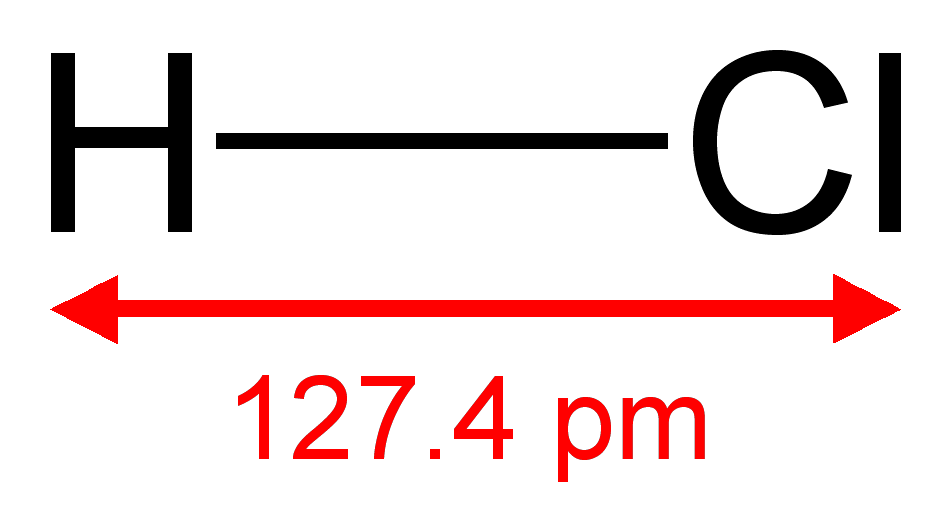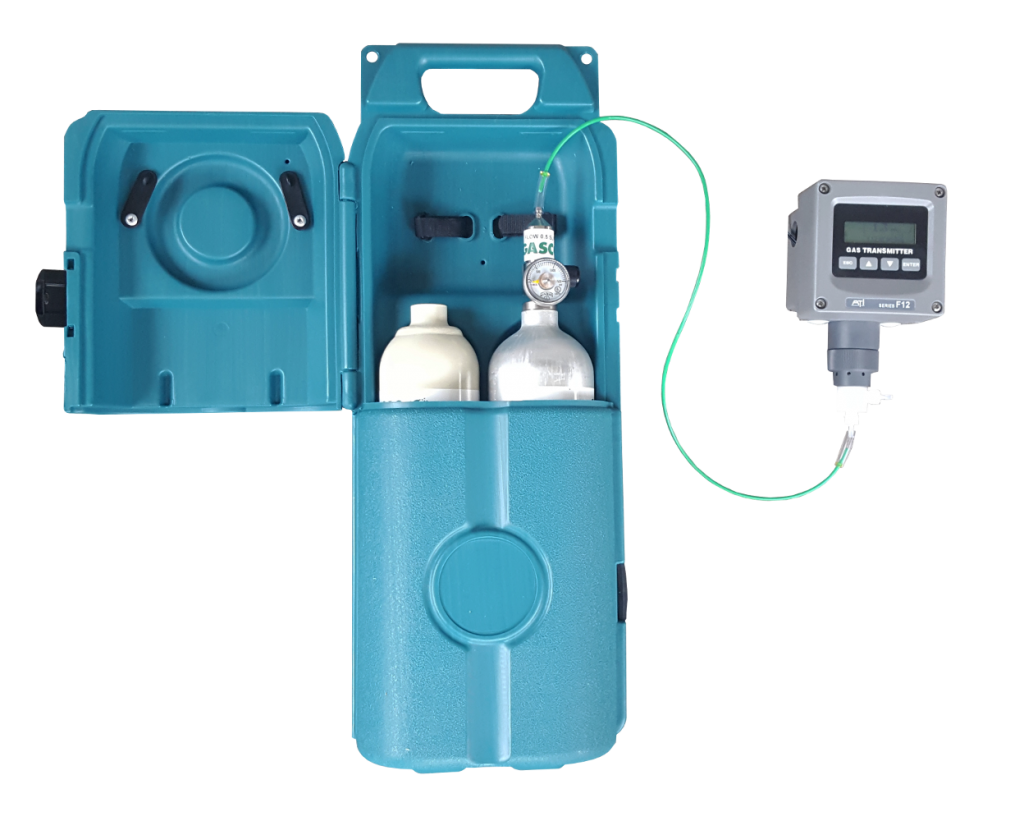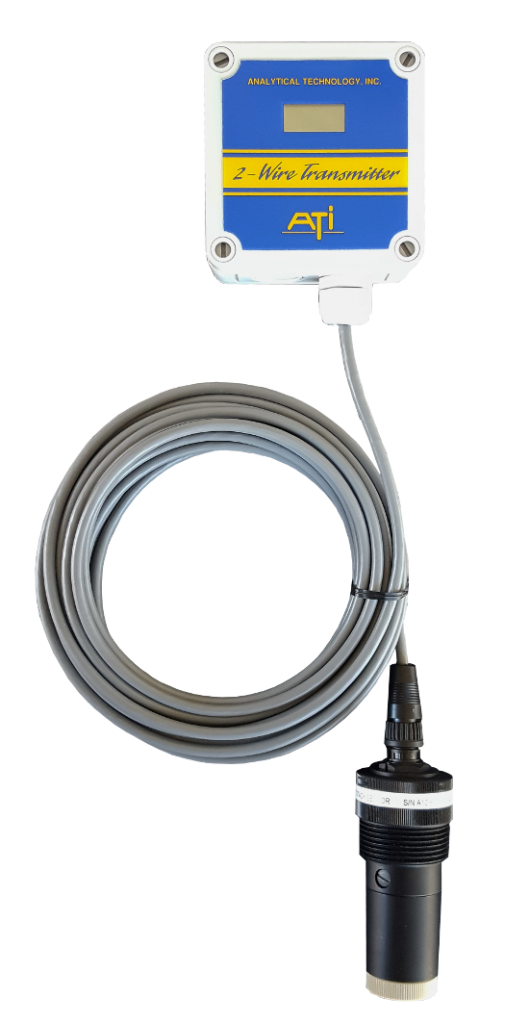Hydrogen Chloride, a compound with the chemical formula HCl, is a colorless gas notorious for its toxic properties. This corrosive substance can form white fumes upon contact with atmospheric water vapor, making it a potent and hazardous chemical. Let’s delve into the characteristics, uses, health risks, regulations, and monitoring methods associated with Hydrogen Chloride.
Characteristics and Uses:
Hydrogen Chloride is a formidable player in the chemical realm. Beyond its toxic nature, it is a strong corrosive acid and a crucial component of gastric acid. This versatile chemical finds extensive use as a reagent in chemical laboratories, contributing to various chemical processes. However, its potential hazards demand careful handling and stringent safety measures.
Exposure and Health Risks:
The dangers of Hydrogen Chloride exposure are multifaceted. Inhalation of this gas can lead to severe respiratory distress, causing coughing, choking, inflammation, and even pulmonary edema. In extreme cases, exposure can result in circulatory system failure and, ultimately, death. Direct contact with the substance can cause severe burns, ulceration, and scarring. Chronic exposure has been linked to health issues such as gastritis, bronchitis, dermatitis, photo-sensitization, and dental erosion.
Regulations:
To ensure the safety of individuals working with Hydrogen Chloride, regulatory bodies have established exposure limits. The table below outlines the most recent exposure limits set by various organizations:
| Limit/Level | Type | Organization |
|---|---|---|
| 1.8 ppm | AEGL-1 (8 hrs) | EPA |
| 11 ppm | AEGL-2 (8 hrs) | EPA |
| 26 ppm | AEGL-3 (8 hrs) | EPA |
| 5 ppm | C | OSHA |
| 5 ppm | C | NIOSH |
Measuring Hydrogen Chloride:
All of those units can be found here: https://www.gas-sensing.com/information/hydrogen_chloride
Accurate measurement of Hydrogen Chloride concentration in the air is crucial for maintaining a safe working environment. Monitoring is typically conducted in units of parts per million (ppm). To facilitate this, a range of portable and fixed hydrogen chloride monitors and kits are available. These products ensure efficient and reliable monitoring, mitigating the risks associated with Hydrogen Chloride exposure.
In conclusion, while Hydrogen Chloride plays a significant role in chemical processes, its inherent dangers necessitate strict adherence to safety guidelines and exposure limits. Through proper handling, monitoring, and regulatory compliance, the industry can harness the benefits of Hydrogen Chloride while minimizing associated risks. Stay informed, stay safe.



